
About Andrew Cusack
 Writer, web designer, etc.; born in New York; educated in Argentina, Scotland, and South Africa; now based in London.
Writer, web designer, etc.; born in New York; educated in Argentina, Scotland, and South Africa; now based in London. read more
News
Blogs
Reviews & Periodicals
Arts & Design
World
France
Mitteleuropa
Knickerbockers
Argentina
The Levant
Africa
Cape of Good Hope
Netherlands
Scandinavia
Québec
India
Muscovy
Germany
Academica
Russia’s Treasures on the Banks of the Amstel
Seventeenth-century Amsterdam building will, from June, be home to collections from St. Petersburg’s Imperial Hermitage Museum
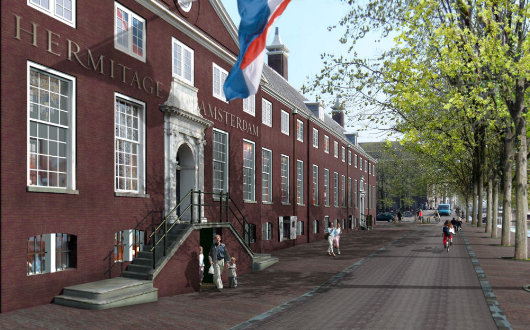
A new 100,000-square-foot space displaying works from the Hermitage Museum in St. Petersburg will open in Amsterdam this June. The Hermitage Amsterdam will be located in the Amstelhof, a former home for the elderly built in 1683 by the Dutch Reformed Church and transformed into a modern exhibition space by Hans van Heeswijk Architects. The opening exhibition, “At the Russian Court” — a “a deeply researched exploration of the opulent material culture, elaborate social hierarchy and richly layered traditions of the Tsarist court at its height in the nineteenth century” — will display 1,800 works from the massive collection in St. Petersburg and continue until the end of January 2010.
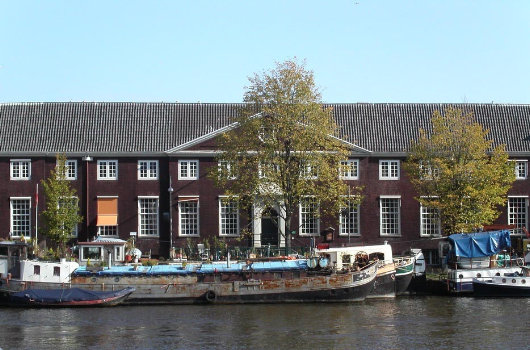
“The opening of Hermitage Amsterdam is the culmination of nearly two decades of planning,” stated Ernst W. Veen, Managing Director of Hermitage Amsterdam. “At the same time, it is a continuation of more than 300 years of close ties between Amsterdam and St. Petersburg, going back to Tsar Peter the Great’s fabled residence in our city.”
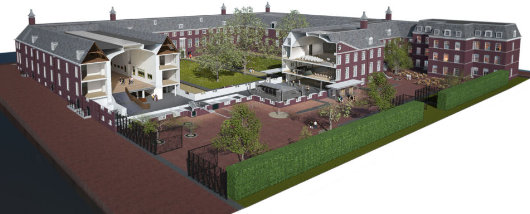
The Hermitage Amsterdam will include a café-restaurant (with the appropriately riparian name “Neva”), two museum shops, a research and study center, and an auditorium. The neighbouring Neerlandia building, which the Hermitage has used to show temporary exhibitions since 2004, will be transformed into the family-centered Hermitage for Children.
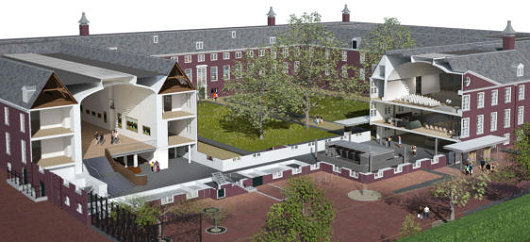
Two large exhibition halls will be complemented by forty-two smaller chambers for displaying works from the Russian museum. The landscape artist Michael van Gessel will design the courtyard garden, while retaining the old chestnut trees that currently grace the space.
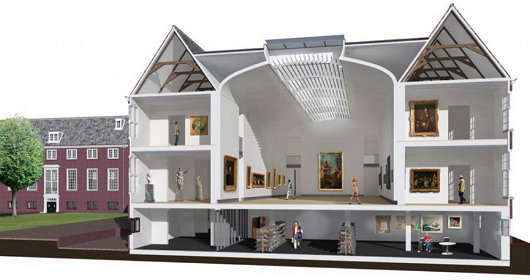
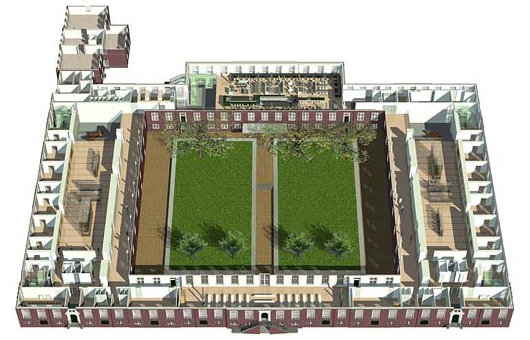
The main entrance to the Hermitage Amsterdam will be from its frontage on the Amstel river. A new jetty is under construction in front of the main façade to allow direct nautical access.
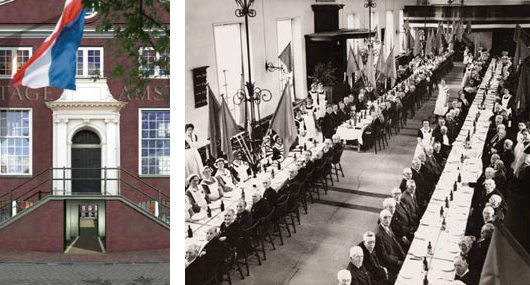
Ingress to the museum will not be through the seventeenth-century doorway atop the front staircase; it is, in fact, a fake. The main entrances to the Amstelhof during its days as a residence for the elderly were actually in the flanking pavilions. The false door was placed as a unifying element for the façade, and to hide the lofty pulpit in the Kerksaal (church hall) that prevented a window from being placed there. Instead, the street grade in front of the Amstelhof will be lowered to alter the former goods entrance to a more suitable height. It’s disappointing that a more appropriate entrance was not envisioned during the design process, instead of scuttling through a modified workman’s door.
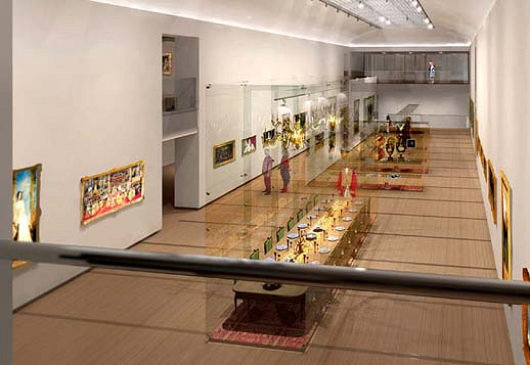
The Hermitage Amsterdam plans to mount two large-scale temporary exhibitions each year, alongside a rotating display from the museum’s collection. The grand opening in June will be celebrated with a White Nights Festival, with concerts and events along the Amstel, and the museum remaining open for twenty-four hours.
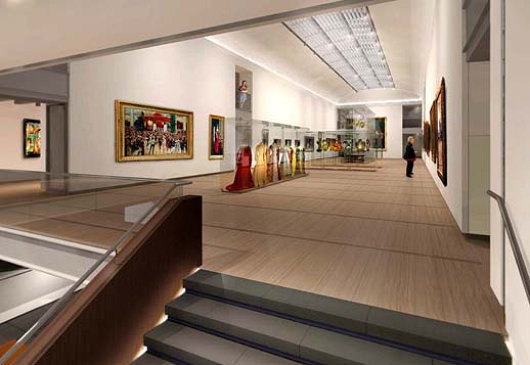
Given the youthful residence of Muscovy’s greatest emperor in the city, it seems appropriate that Amsterdam was chosen for this effort to promote Russia’s rich cultural and artistic heritage. Indeed, Peter the Great almost certainly saw the Amstelhof while he studied shipbuilding in the Netherlands during his 18-month “grand embassy”.
“Over the past years, we have found many ways to extend our artistic and intellectual resources beyond Russia’s borders,” stated Mikhail B. Piotrovsky, Director of the State Hermitage Museum in St. Petersburg (and Chairman of the Board of the Hermitage Amsterdam). “However, we have worked with a partner to create only one great, freestanding Russian exhibition venue in the West: Hermitage Amsterdam.”
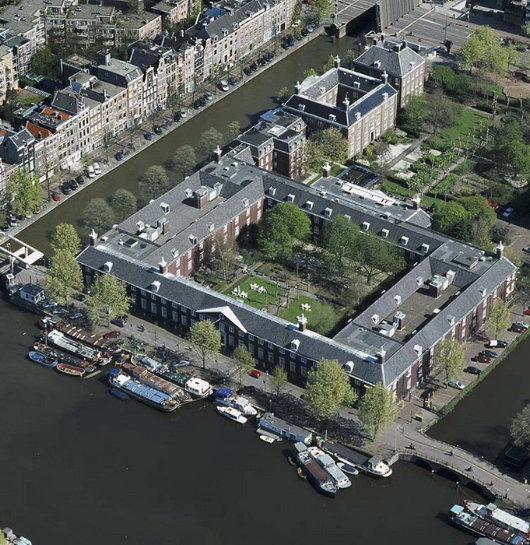
Search
Instagram: @andcusack
Click here for my Instagram photos.Most Recent Posts
- Silver Jubilee November 21, 2024
- Articles of Note: 11 November 2024 November 11, 2024
- Why do you read? November 5, 2024
- India November 4, 2024
- The Lithe Efficiency of the Old Constitution November 4, 2024
Most Recent Comments
Book Wishlist
Monthly Archives
Categories



Andrew –
sorry to post this as a comment, but I don’t have your email. Today’s NY Times has a travel article on Cape Town. In case you missed it, here’s the link:
http://travel.nytimes.com/2009/02/22/travel/22capetown.html
It looks like I’ll just miss “At the Russian Court,” since I’ll be in Amsterdam with the Dallas Symphony in March 2010. Maybe they’ll extend it? In any case this sounds great and I hope to visit when I’m there.